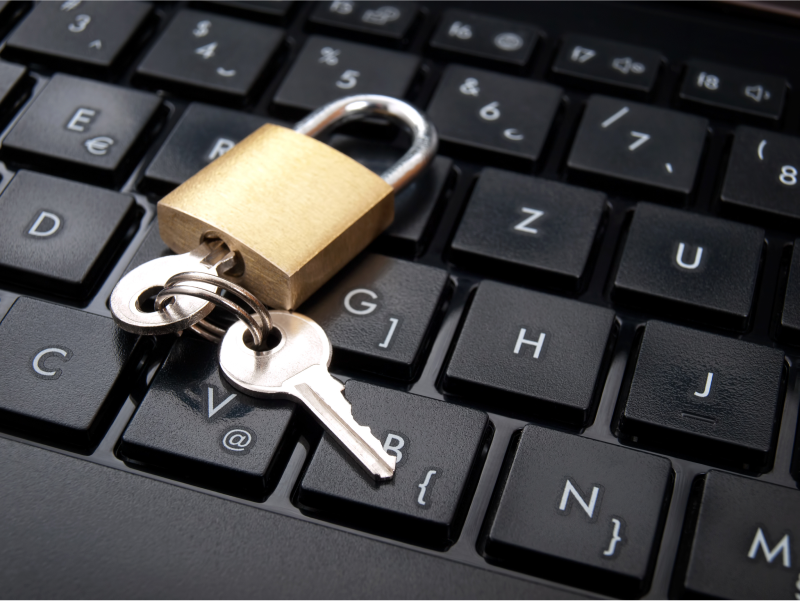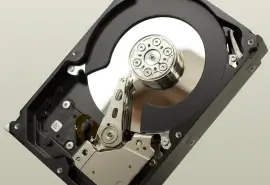Knowing how to bypass BitLocker recovery keys is critical to encrypted data recovery.
BitLocker is a full-disk encryption feature that prevents unauthorized file access. Microsoft introduced BitLocker in Windows Vista to avoid software conflicts caused by third-party encryption programs. They still include the tool in recent versions of the popular operating system. BitLocker is available in the Pro, Enterprise, and Education editions of Windows 11 and 10. It is also in Windows Server 2008 and later versions. As a result, millions of people and companies of all sizes use BitLocker.
While BitLocker protects data in the event of device loss or theft, the feature can make restoring files more complex. That is because the design of BitLocker requires a recovery key to decrypt stored data. Sometimes, users do not have their keys, which complicates the recovery.
However, bypassing BitLocker’s recovery key and retrieving lost data from an encrypted volume is possible.
The experts at Secure Data Recovery explain how.
Key Takeaways:
- In many cases, BitLocker comes pre-configured on computers, meaning users do not change or choose their key.
- BitLocker’s robust encryption methods make data recovery nearly impossible without a key.
- Our SSD and hard drive recovery experts can often extract a clear key from the volume’s metadata in these situations.
How To Bypass BitLocker Recovery Key To Restore Data
The process of bypassing BitLocker recovery keys to regain access to lost files is involved. It requires expertise in encryption standards, file systems, and storage technology. It also demands forensic-grade tools and techniques.
For starters, BitLocker uses Advanced Encryption Standard (AES) algorithms to create a 128- or 256-bit key for the encoded volume. That key protects the whole volume and the sensitive data stored on it, including Windows system files. This feature helps limit attack vectors and safeguard data on an external drive.

Users can deploy BitLocker in one of three modes:
- Transparent Operation Mode. BitLocker links keys and processes to the computer’s Trusted Platform Module (TPM). Using the TPM is the strongest form of protection because the computer must unlock the drive to run. This method does not require the user to manage the process. It happens automatically.
- User Authentication Mode. To decrypt files, the user must enter a passcode or PIN. Windows will not boot without the passcode or PIN. This BitLocker mode relies less on the computer’s hardware.
- USB Key Mode. Users must insert removable media (like a flash drive) that contains a file with a startup key into the computer. This mode is the least secure option.
You can even combine multiple methods. All modes generate a recovery key in case of hardware failure, forgotten PIN, or lost startup file. This key is usually essential to recover encrypted data. However, some users cannot access the key because the OEM has already enabled BitLocker on their device.
In these instances, experts can locate and extract a temporary clear key embedded in the volume’s metadata and unlock the drive.
The following step-by-step guide outlines a typical data recovery process for BitLocker volumes.
Step 1: Diagnose Data Loss Event or Failure
Technicians inspect the drive in a cleanroom to identify damaged or defective components, media, firmware, and file systems.
Step 2: Resolve Problems
Engineers use specialized hardware and software to address the drive’s issues and return it to a functional state.
Step 3: Image the Disk
Software creates a bit-by-bit copy of the device to preserve its original data.
Step 4: Analyze Encrypted Volume
Professionals determine the volume’s file system (NTFS with BIOS firmware or FAT32 with UEFI settings) and BitLocker mode.
Step 5: Obtain Key
Experts use forensic tools to retrieve the recovery or clear key from the encrypted volume’s metadata.
Step 6: Decrypt the Device
Technicians unlock the full disk and create another image of the decoded drive.
Step 7: Recover Data From BitLocker Volume
Engineers now scan the device for missing data. They can find file signatures and reconstruct fragments to restore important data if needed.
Encrypted Data Recovery
Encrypted data recovery could still be an option if you lost access to critical files on a BitLocker volume. Since 2007, we have recovered billions of files across over 100,000 cases. In that time, we have maintained a 96% success rate. Our certified engineers are familiar with every storage device, manufacturer, file system, and failure type. That experience includes BitLocker encrypted drives. If you need to bypass BitLocker recovery keys, we can help. Our team also understands file-level encryption and other forms of cryptography.
As part of our standard data recovery services, we offer free diagnostics and a No Data, No Recovery Fee guarantee. You get your data back, or pay nothing.
Call us at 800-388-1266 to start a case and reclaim your encrypted files









